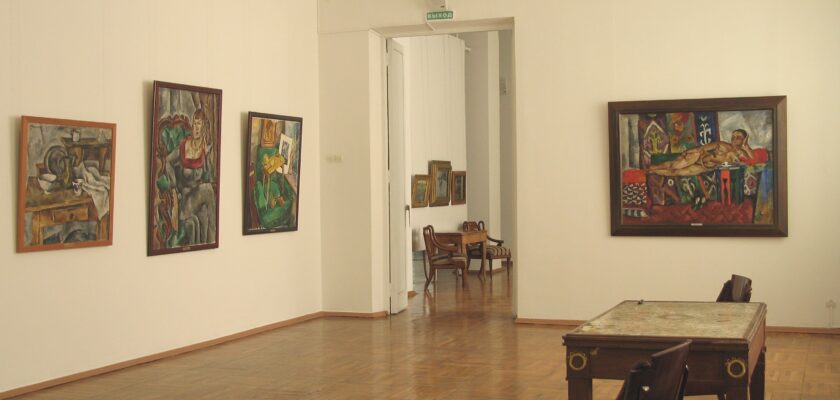Tula Museum of Fine Arts
Tula Museum of Fine Arts is one of the largest art museums in Central Russia, with over 23,000 paintings, graphic works, sculptures and decorative arts. It has exhibition space of over 10,000 m² and has four branches. Since 2013, the museum has been under the modern name “Tula Regional Museum of Art.”
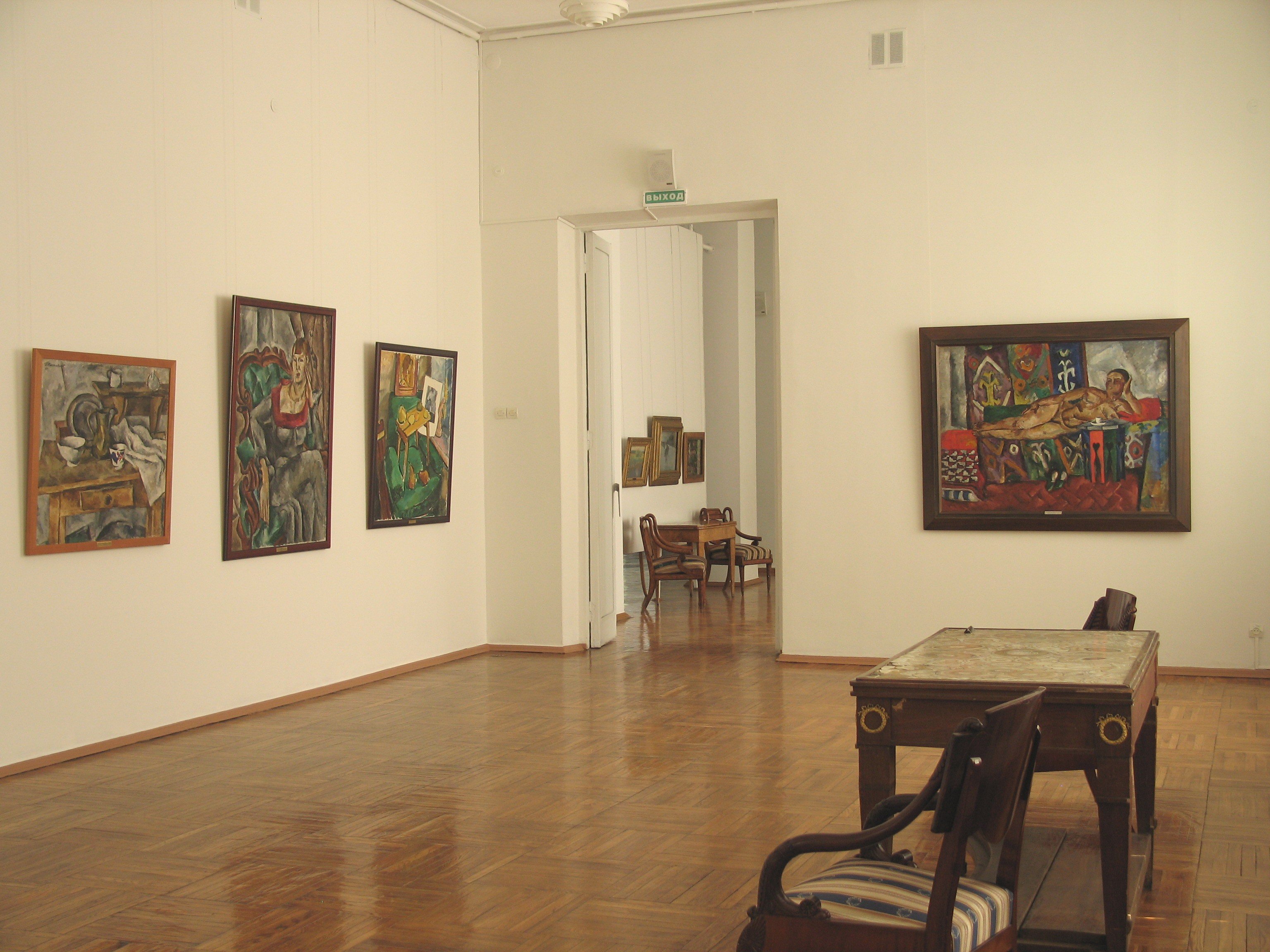
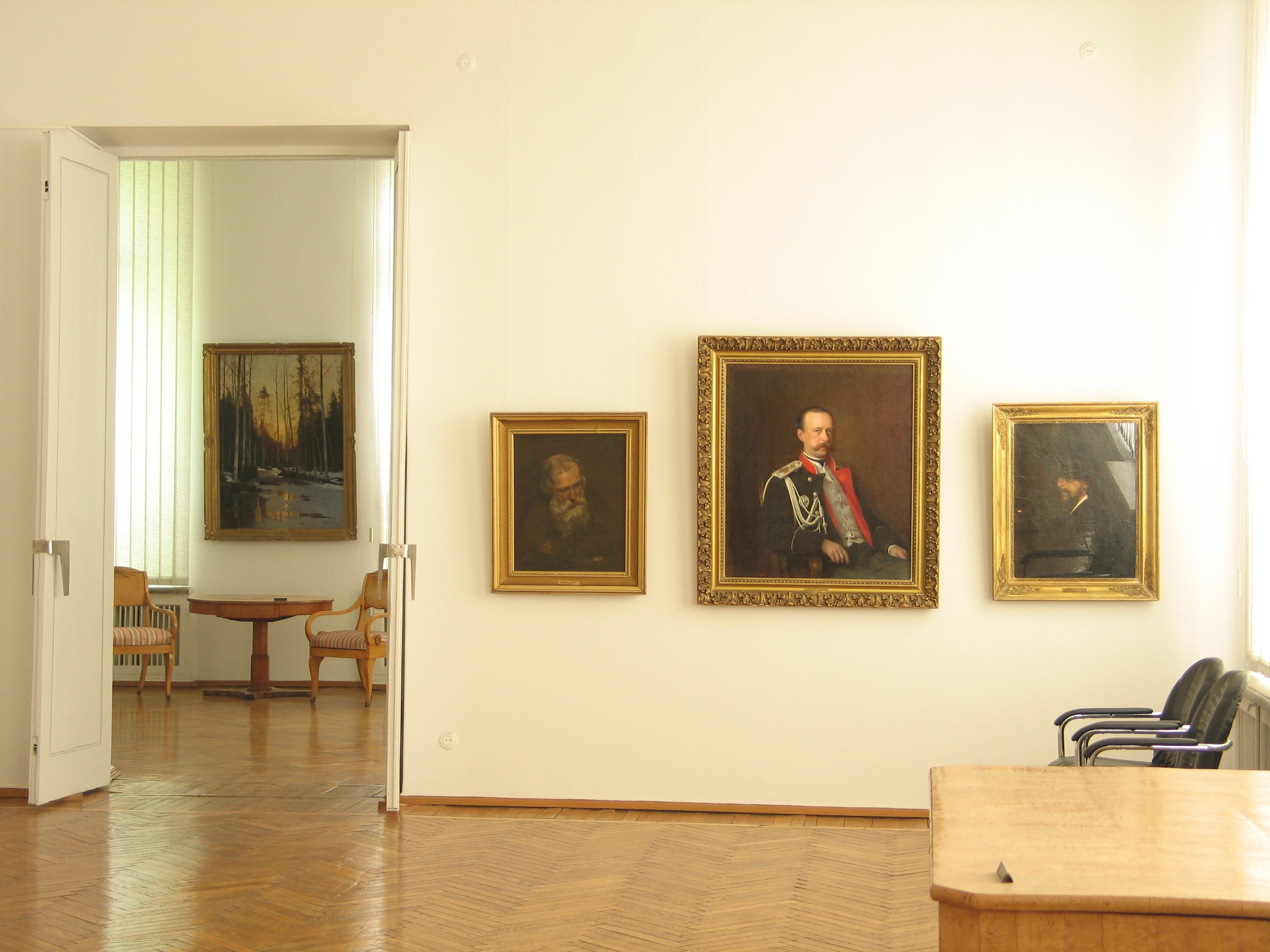
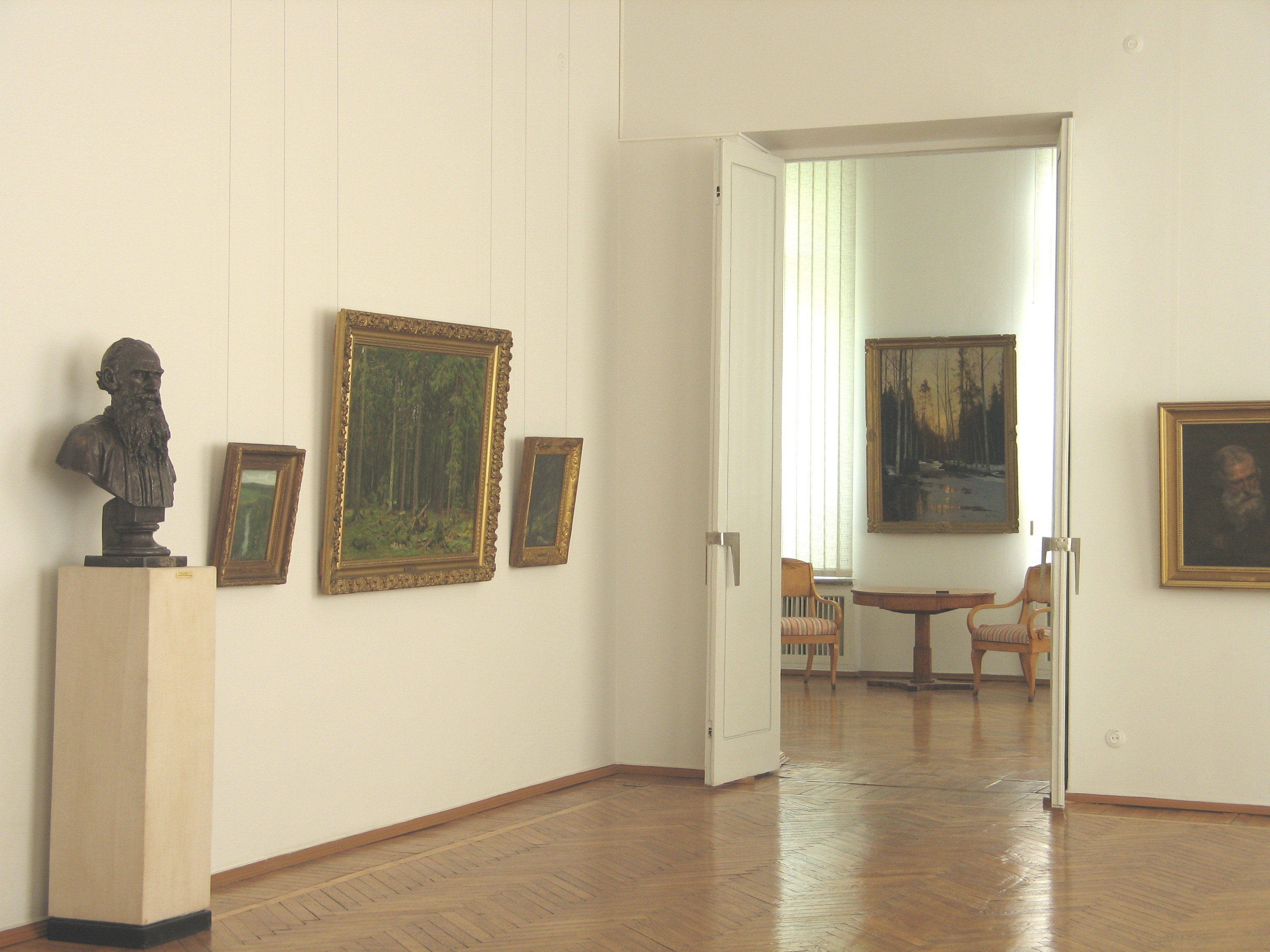
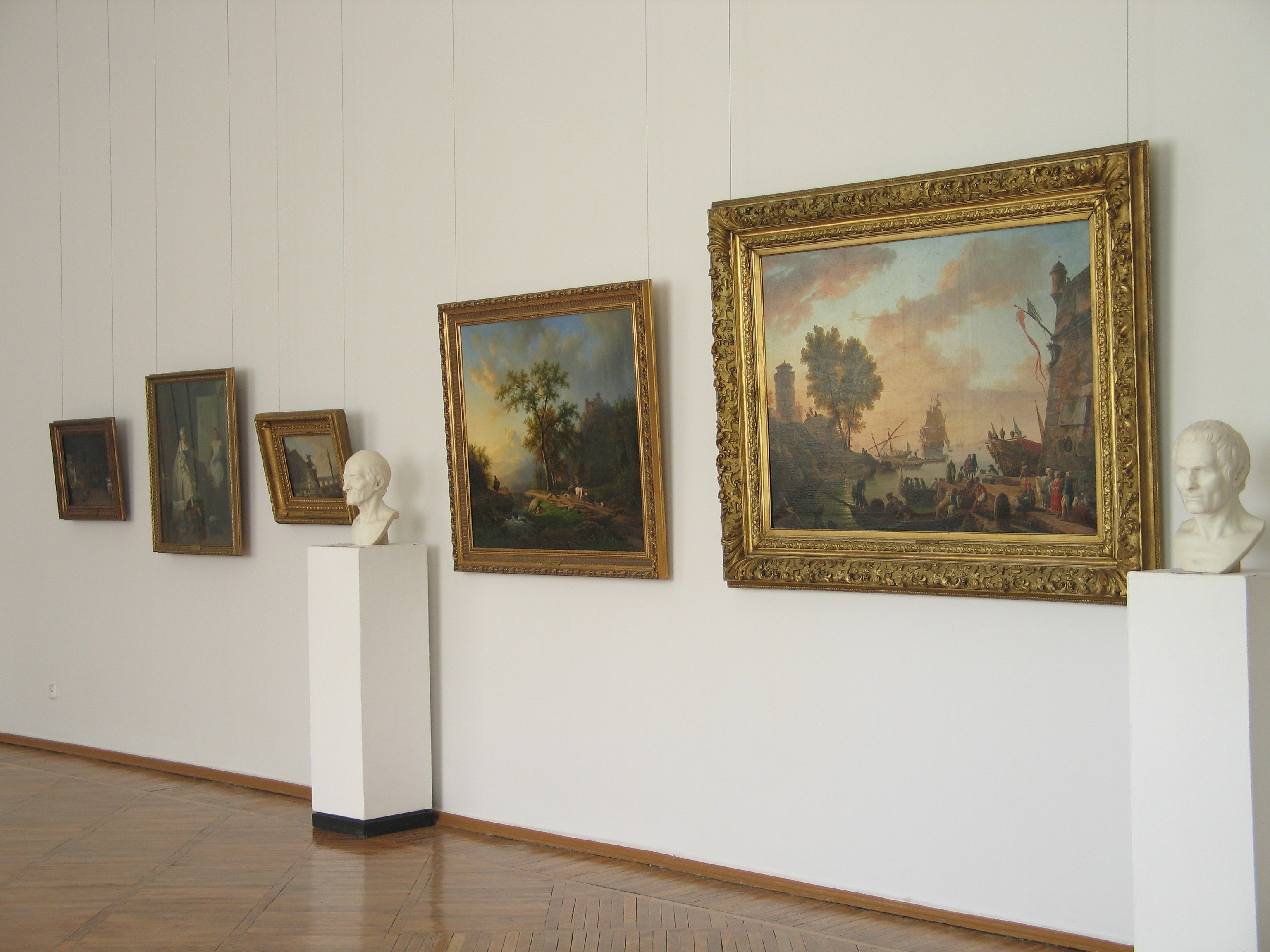
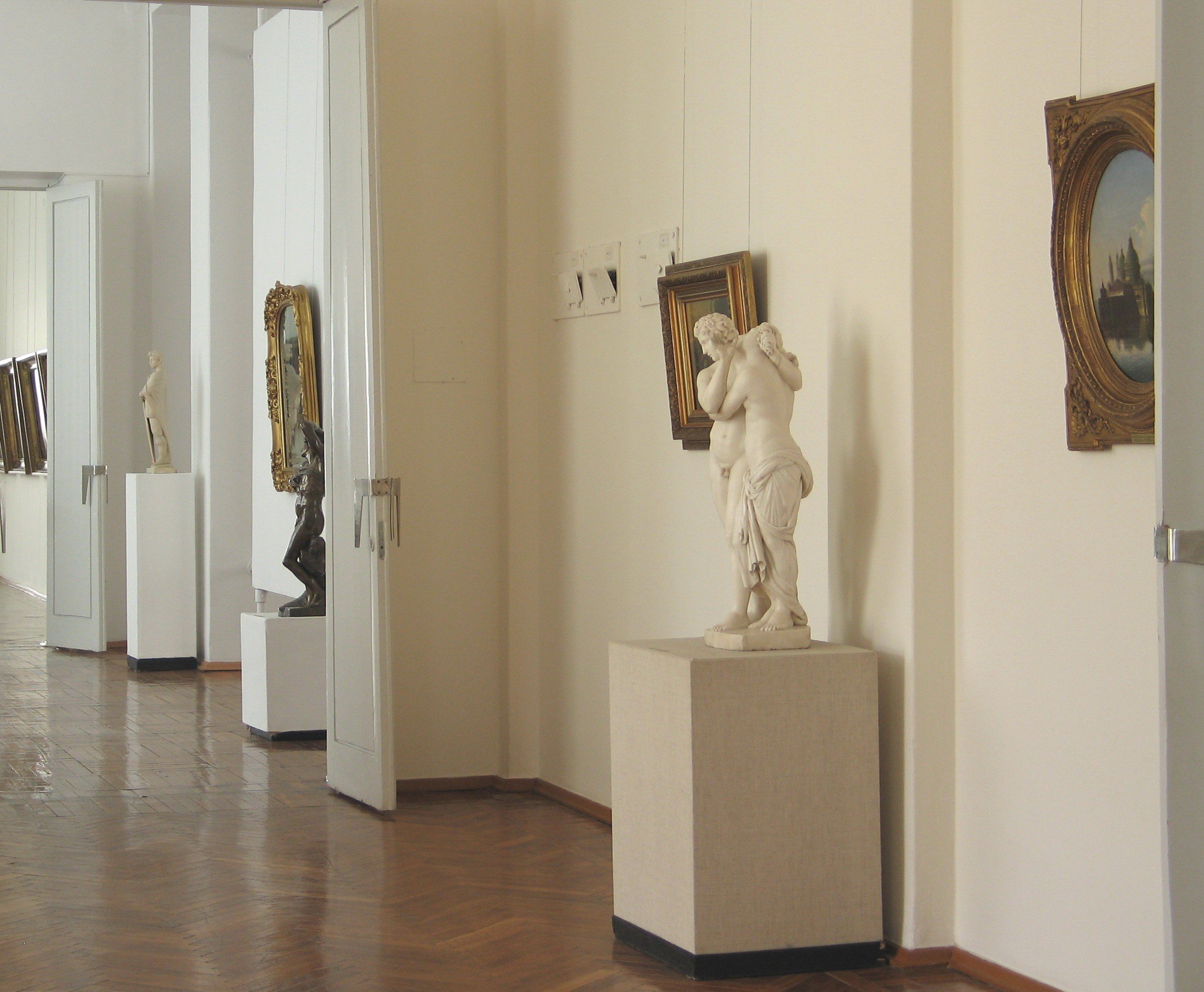
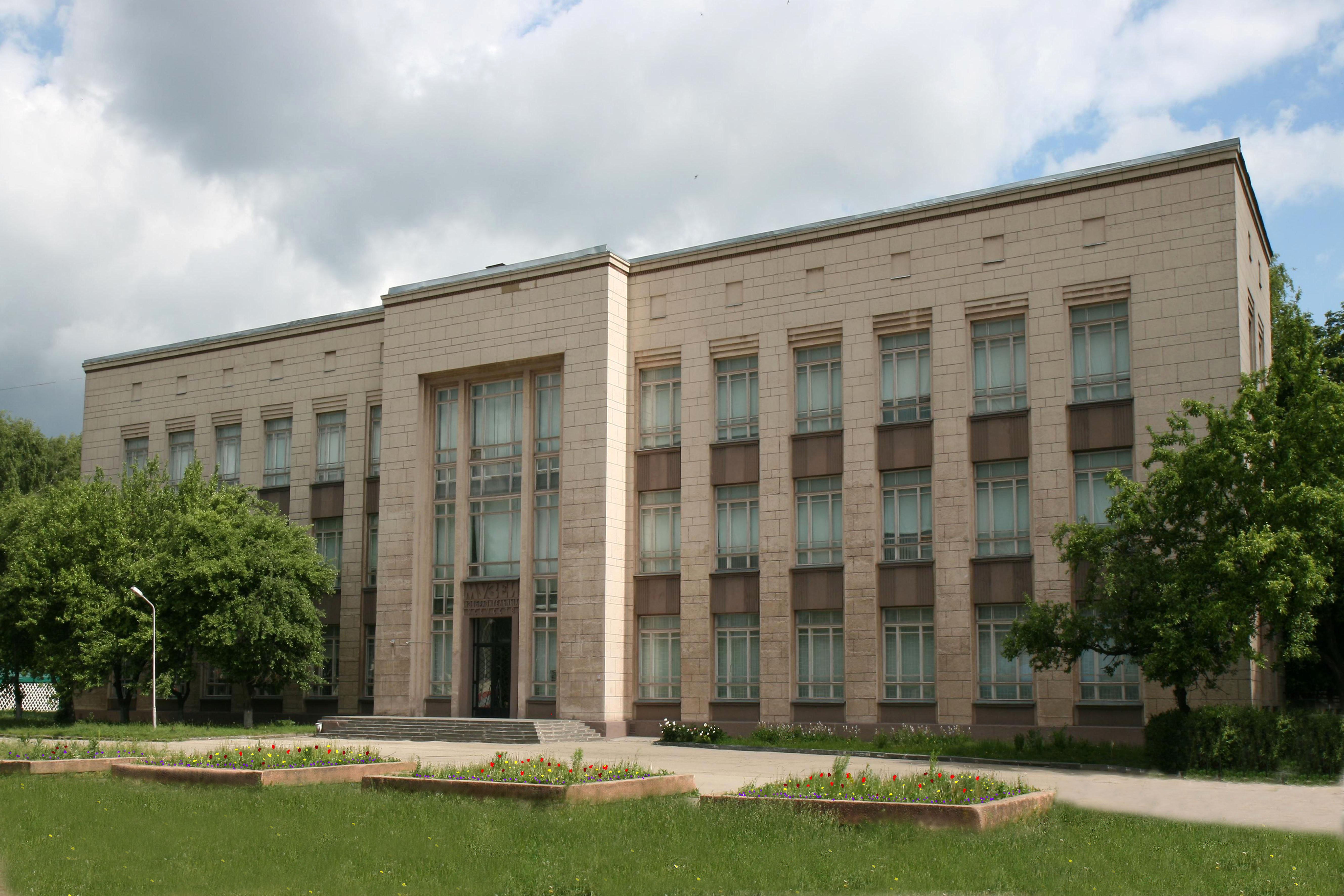
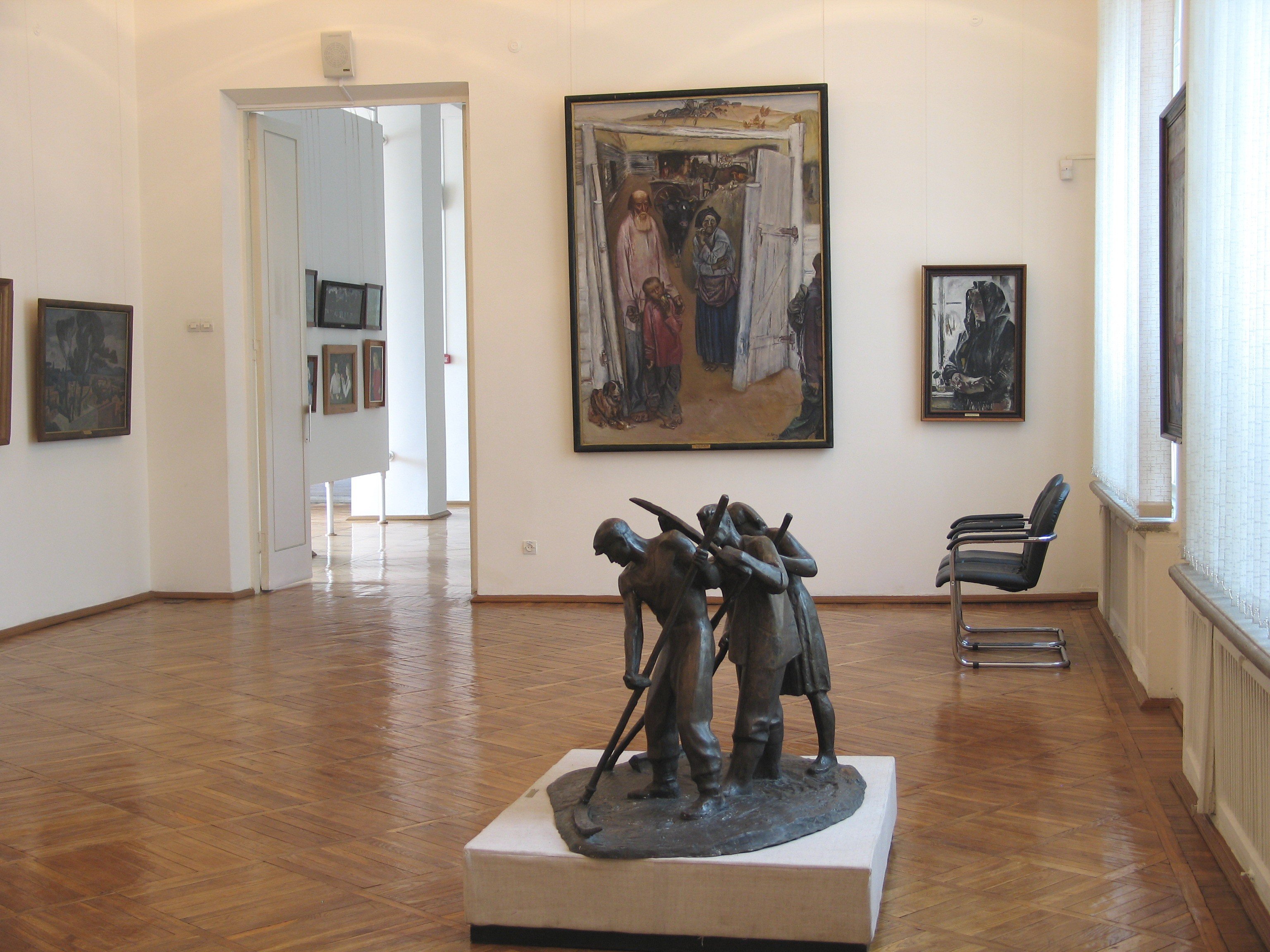
Highlights
In the museum halls you can see rich collections of works by Russian and Western European masters, as well as a large department of contemporary art. Here works of decorative and applied art of the XVIII-XIX centuries are exhibited. The halls exhibit fine majolica, glass, porcelain, antique furniture, antique clocks, as well as sculptures created by such famous masters as M. M. Antokolsky, A. M. Opekushin, V. A. Beklemishev and P. K. Klodt.
.In addition to independent visits and excursions, guests of the museum can take part in theatrical classes and workshops on beading, felting, lace weaving, making rag dolls, jute filigree, wood carving and other types of crafts. Art exhibitions are held year-round in the halls of the Tula Museum of Fine Arts. In addition, there are regular concerts of classical and folk music, creative meetings with poets and artists.
.For many years on Sundays the museum has been running an informative lecture hall on the history of world fine arts. Many Tula citizens go to the lectures on subscription, and tourists who came to the city can visit individual classes of the lecture hall if they wish. For teenagers at the museum is open drawing studio.
History of the Tula Museum of Fine Arts
In the 1880s, the local diocese created a special fund or Drevlehranische, where rare works of church art were collected. In 1902, this fund was renamed the Chamber of Antiquities. The exhibits came to the repository in different ways. Some of the works of art were bought, and others were accepted as gifts from Tula patrons.
.
The staff of the repository kept a catalog and made a full description of all arrivals. From 1899 to 1911 several collections of “Tula antiquities” were published with descriptions of the most curious museum exhibits. On holidays and Sundays everyone came to see the works of art in the Bishop’s Court..
The popularity of the ancient collections grew rapidly, and the storage rooms could hardly accommodate all comers. In 1908 it was decided to build a new museum building on the historic territory of the Kremlin. However, war soon broke out, and the plans had to be postponed.
.With the advent of Soviet power in the city, a special commission was established to collect and evaluate works of art from former noble estates around Tula. The valuables collected there, as well as the old collections of the local diocese, formed the main funds of the new Tula Museum of Fine Arts.
.In 1919 it was called the “Art and History Museum”, and 8 years later it received the status of a local history museum. Museum collections were constantly replenished. Famous artists donated their works to the city, and some of the exhibits were given to Tula from the funds of the Tretyakov Gallery. Before the war, the museum was divided into two parts – art and local history.
During the German offensive on Moscow, the collections of the Tula Museum of Fine Arts were hastily evacuated to Siberia. For many years the museum did not have its own premises, and received visitors in the halls of the House of Officers. But in 1964 a new spacious building was built in the center of the city, and all the museum collections were moved to it.
.
What you can see in the museum
The Tula Museum of Fine Arts has a special department dedicated to Russian art, where ancient icons of the XVI-XIX centuries are kept. Of particular interest to visitors are the expressive portraits painted by famous Russian artists V.L. Borovikovsky, V.A. Tropinin, I.N. Kramsky, A.A. Ivanov, I.E. Repin, B.M. Kustodiev and V.I. Surikov. In the department of landscape painting exhibited works by K. F. Yuon, V. D. Polenov, N. P. Krymov, I. I. Levitan and I. K. Aivazovsky.
.Western European art is represented by the works of famous Italian, French, Dutch and German masters of the XVI-XIX centuries. And in the department of modern art you can see paintings and graphic works of the leading masters of the XX century.
.
Information for tourists
The doors of the Tula Museum of Fine Arts are open any day except Monday. On Tuesdays, Wednesdays and Sundays the museum receives guests from 10.00 to 18.00, and from Thursday to Saturday – from 10.00 to 20.00. Note that the ticket office stops operating 15 minutes before the museum closes.
.Entrance tickets for adults cost 200 rubles, for students and pensioners – 100 rubles. Preschoolers and children under 16 can visit the museum for free. A family ticket for two adults and two children costs 350 rubles.
.
For one-hour excursions, depending on the age of tourists, you need to pay from 40 to 250 rubles per person, and for excursions designed for 1.5 hours – from 80 to 350 rubles. Master classes for adults cost 250 rubles, and for children – 120 rubles. A ticket for a Sunday lecture will cost 100 rubles.
.How to get there
The Tula Museum of Fine Arts is located in the city center, on Engels Street, 64, near Arts Square. You can get to the museum building by streetcar number 14. Get off at the stop “Zhavoronkova Street.”
.